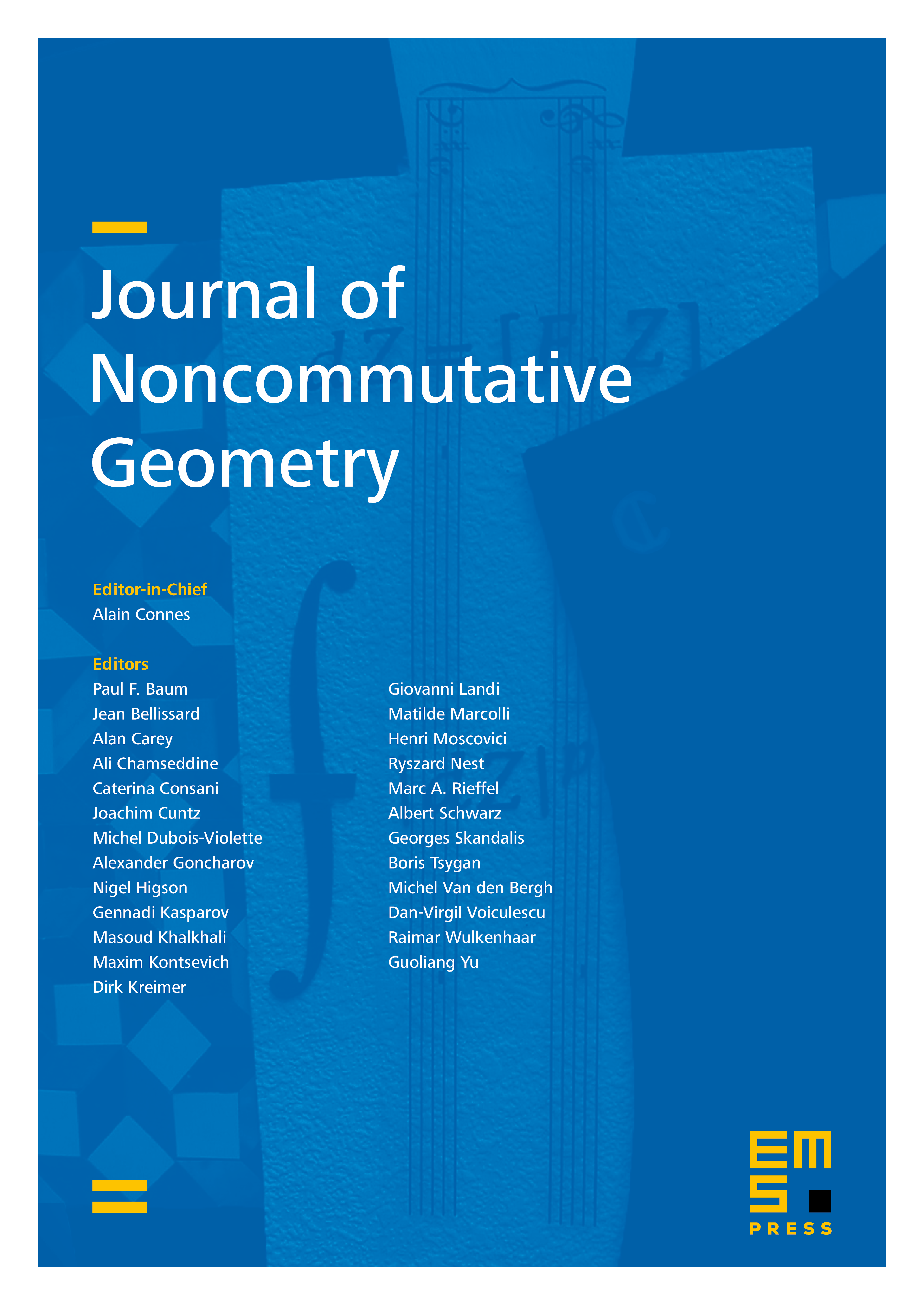(Almost) C*-algebras as sheaves with self-action
Cecilia Flori
University of Waikato, Hamilton, New Zealand and Perimeter Institute for Theoretical Physics, Waterloo, CanadaTobias Fritz
Max Planck Institute for Mathematics, Leipzig, Germany; Perimeter Institute for Theoretical Physics, Waterloo, Canada

Abstract
Via Gelfand duality, a unital C*-algebra induces a functor from compact Hausdorff spaces to sets, . We show how this functor encodes standard functional calculus in as well as its multivariate generalization. Certain sheaf conditions satisfied by this functor provide a further generalization of functional calculus. Considering such sheaves abstractly, we prove that the piecewise C*-algebras of van den Berg and Heunen are equivalent to a full subcategory of the category of sheaves, where a simple additional constraint characterizes the objects in the subcategory. It is open whether this additional constraint holds automatically, in which case piecewise C*-algebras would be the same as sheaves .
Intuitively, these structures capture the commutative aspects of C*-algebra theory. In order to find a complete reaxiomatization of unital C*-algebras within this language, we introduce almost C*-algebras as piecewise C*-algebras equipped with a notion of inner automorphisms in terms of a self-action. We provide some evidence for the conjecture that the forgetful functor from unital C*-algebras to almost C*-algebras is fully faithful, and ask whether it is an equivalence of categories. We also develop an analogous notion of \emph{almost group}, and prove that the forgetful functor from groups to almost groups is not full.
In terms of quantum physics, our work can be seen as an attempt at a reconstruction of quantum theory from physically meaningful axioms, as realized by Hardy and others in a different framework. Our ideas are inspired by and also provide new input for the topos-theoretic approach to quantum theory.
Cite this article
Cecilia Flori, Tobias Fritz, (Almost) C*-algebras as sheaves with self-action. J. Noncommut. Geom. 11 (2017), no. 3, pp. 1069–1113
DOI 10.4171/JNCG/11-3-9